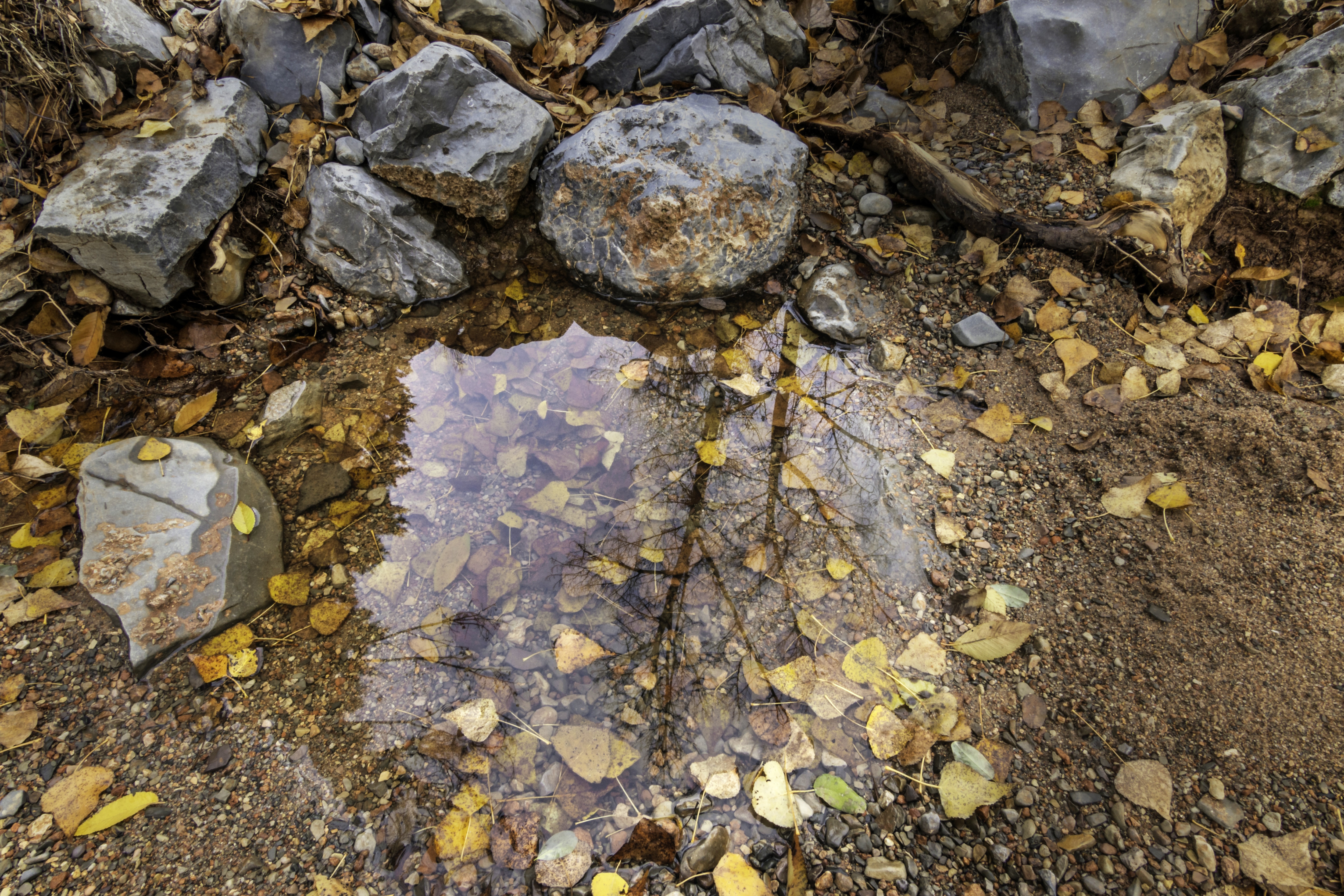Jacobs Engineering
Why Dekalb County changed their modeling approach to more accurately model rain-derived inflow and infiltration
Storm, sewer, flood
Share this story
Summary
Dekalb County takes their approach to rainfall management seriously, and they attribute their success to a unique approach that uses a Groundwater Infiltration Model (GIM) in InfoWorks ICM. For this project, Dekalb Watershed Management partnered with Jacobs Engineering to calibrate the wet weather flows in Dekalb County’s collection system model.

Sometimes rainfall is a curse and a blessing
The US population has doubled in the last 50 years, and the country’s water supply systems have sometimes struggled to keep up with this expansion, which will only continue. While the majority of US states face yearly water shortages, DeKalb County is blessed with 40% more rainfall than others.
While that might be seen as a windfall for drought-stricken areas of the country, it’s a double-edged sword for Dekalb Watershed Management because it means they must focus their efforts heavily on rainfall management.
To get a complete view of rainfall, potential unseen leaks and how it affects their system, they enlisted Jacobs Engineering, who used InfoWorks ICM (Integrated Catchment Modeling) to create a comprehensive Groundwater Infiltration Model (GIM) and calibrate wet weather flows in Dekalb County’s collection system.

RTK vs GIM: accurately accounting for wet winters
Dekalb County wanted a more refined system to match the wet weather flows in their model and more accurately assess Rain Derived Inflow and Infiltration (RDII). In particular, they faced challenges in accounting for changes in groundwater during the wetter months of winter.
“If you’re lucky, groundwater will stay consistent throughout the year," explains Linda Li, Principal Engineer of Dekalb County Department of Watershed Management. "However, groundwater changes with seasons and weather conditions in Dekalb for the majority of flow meters. The baseflow is elevated almost double in the winter to what it is in the dry weather months."
“A GIM shows the best results to simulate impact due to antecedent moisture conditions or a highly attenuated response to rainfall.”
—Linda Li, Principal Engineer, Dekalb County Department of Watershed Management

The difference that snow makes
This makes getting an accurate picture of RDII more complicated. One way to approach it is to use the RTK (Real-Time Kinematic) method, but this method becomes less accurate when you add in significant rainfall, snowfall and snow melt. Rather than rely on this more common RTK method to understand the RDII response to rainfall events, Dekalb and Jacobs decided to utilize a Ground Infiltration Model (GIM) in InfoWorks ICM for its improved flexibility and accuracy for modeling wet-weather flows.
“The RDII model can be a highly effective tool in the decision-making process for I&I reduction and remediation programs,” Li continues, “but it’s also limited by inherent assumptions and conceptual representations of a very complex process. A GIM shows the best results to simulate impact due to antecedent moisture conditions or a highly attenuated response to rainfall.”
Two ways they approached the problem
With the decision made to pursue a GIM model over an RDII one, they next needed to understand how comprehensively they wanted to calibrate the soil and ground store in their GIM. “When groundwater changes significantly, it makes it difficult to utilize a surface runoff model by simply adding the first layer of partial groundwater - the soil storage layer,” says Li. “If we want to calibrate peak flow, it requires us to over-exaggerate a fast-response peak flow.”
To deal with these complexities, and to overcome difficult project timelines, they took two separate approaches to calibrating the soil store and ground store in the GIM:
- Approach 1: A partial-scale calibration, which involved calibrating the soil-store parameters in the GIM and using monthly multipliers to account for seasonal variations
- Approach 2: A full-scale calibration, which included calibration of the ground store to more accurately model the I&I with seasonal variations
A more dynamic, more accurate solution
With InfoWorks ICM, Dekalb and Jacobs were able to clearly see where the worst I&I problems were located. Just as important, they were able to more clearly identify illicit water hookups made by homeowners in the area. “Building out the GIM allowed us to dynamically account for increases in groundwater, instead of relying on monthly multipliers during the wetter months," explains Javier Garcia, Manager of Maintenance Technology with Jacobs Engineering.
The upshot: "It gave us better results,” says Garcia. “Now our model is able to keep up with the increase in groundwater.” They’re now able to focus their I&I reduction and remediation program and better prevent sanitary sewer overflows (SSOs).
Advice for water professionals
Visit our water blog for ideas and insights: